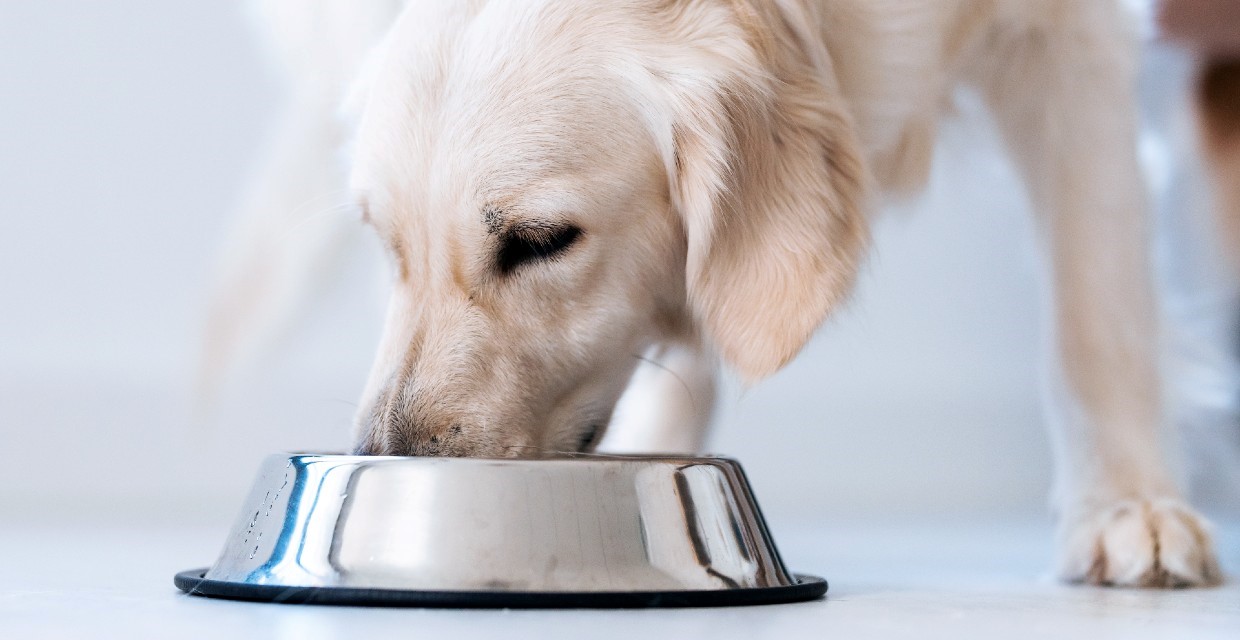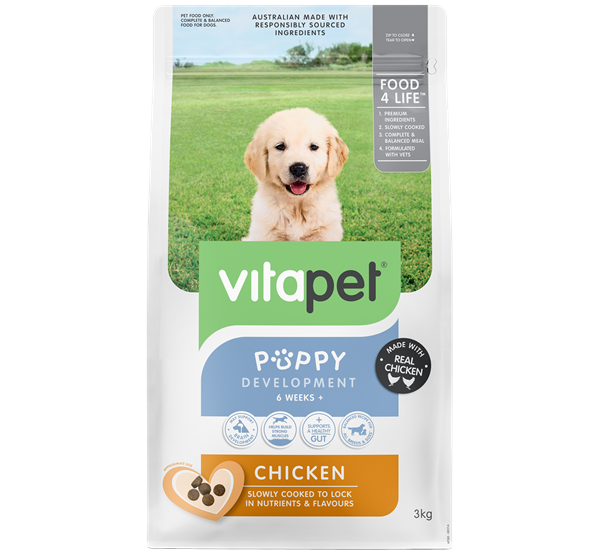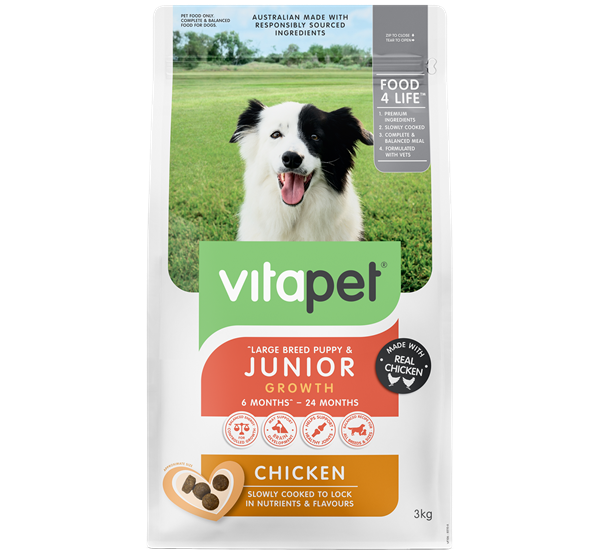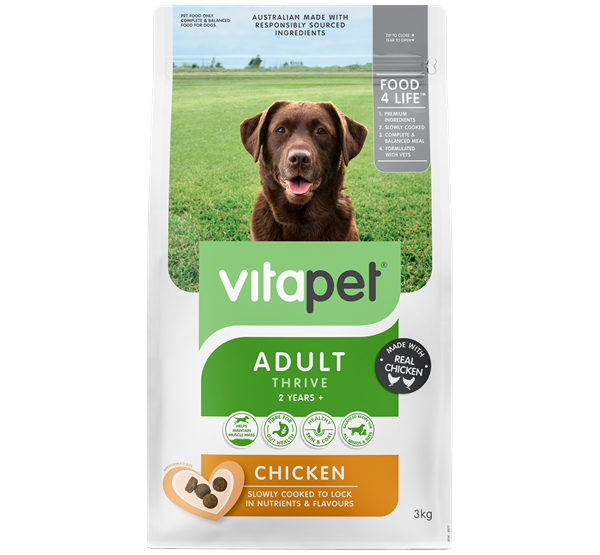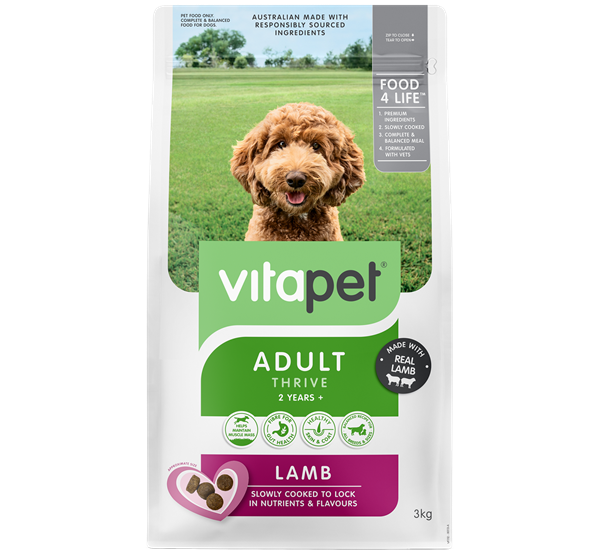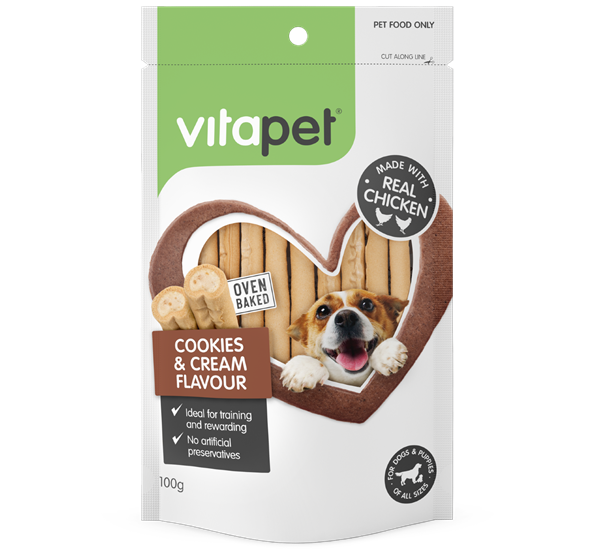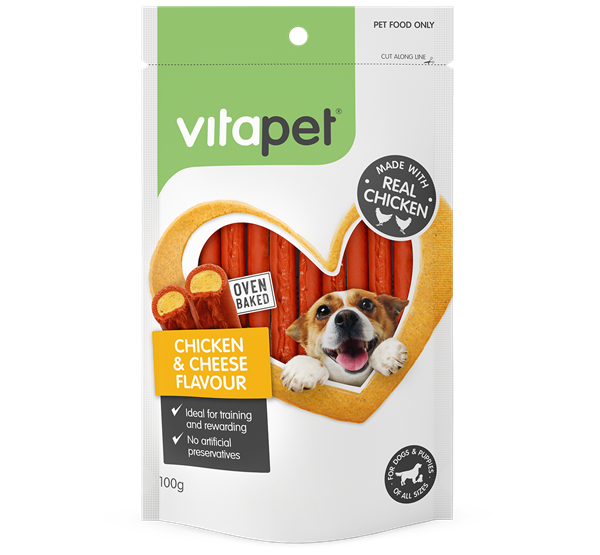As puppies transition into adults, their nutritional requirements change from needing to be balanced for growth and development to maintaining a healthy musculoskeletal , gastrointestinal , cardiorespiratory and nervous system. Some giant breeds, such as Great Danes and Newfoundlands, need a growth diet for longer as their bones are still developing up to 24 months of age. It is, therefore, not a hard and fast rule that all breeds should stop eating puppy foods by 12 months.
Dog behaviour can be impacted directly or indirectly by the food choices we make for them.
Impact of food on the brain
Your pet’s brain function is directly affected by what they eat with both immediate and long-term effects.
The ‘sugar high’ effect
You’ve probably noticed what happens when a group of children eats a lot of sugar in one hit or perhaps you’ve found yourself getting very sleepy and unable to concentrate for long after a big bowl of pasta.
These foods have a very high carbohydrate content and are known as high glycaemic index foods (high GI foods). Just as in humans, we want to avoid feeding excessive amounts of high GI foods to our dogs and instead choose a diet that has a good mix of high-quality protein, different types of fibre and moderate amounts of carbohydrates and fat.
The goal is to not overload the endocrine system with constant peaks and troughs in blood glucose, but instead, choose a more balanced diet that gives your dog the energy your dog needs to continue their learning journey throughout life.
Cognitive decline during ageing occurs in pets too!
Did you know that dogs can get dementia as they age? The two areas that pet parents can control with the most impact in keeping your dog’s brain healthy are diet and exercise. As with people, exercise has a protective effect for the brain and should be part of your pet’s daily routine.
Antioxidants
Choosing a diet that contains antioxidants can have a positive impact on brain function due to their effects on free radicals. Free radicals are unstable molecules that have the power to injure brain cells. Antioxidants in certain foods, can scavenge and neutralise free radicals, slowing down brain cell ageing.
There are many sources of natural antioxidants that can be obtained through the diet. Natural sources are preferred to the purified versions due to improved absorption in the gut.
- Β-carotene: e.g., pumpkin seeds, chickpeas, spinach, parsley
- Isoflavonoids: e.g., eggs, soy protein, broccoli
- Anthocyanins: e.g., berries
- Lutein: e.g., leafy green vegetables such as spinach, kale
- Lycopene: e.g., tomatoes
Fatty acid supplementation
Essential fatty acids (omega-3 and omega-6) possess anti-inflammatory properties that support joint, skin and brain health.
Dietary sources of omega-3 fatty acids include EPA (eicosapentaenoic acid) and DHA (docosahexaenoic acid), commonly found in algae, fish oil, and certain seafood.
Dietary sources of omega-6 fatty acids include plant sources such as sunflower seeds, corn oil, and animal sources such as eggs and meat.
Research into the effect of dietary omega-3 fatty acids in brain health (cognition) in both children and the elderly support the use of essential fatty acids, particularly EPA and DHA sources.
So, if we already know about the positive effect in people, why not ensure our dogs reap the benefits too!
Dog obesity impacts dog behaviour
Overfeeding can lead to dog obesity, which is a common problem seen in veterinary practice. The impact that obesity has on a dog’s long-term behaviour and their quality of life is profound.
So, how exactly does dog obesity effect behaviour?
Dog obesity may lead to painful joints
Being overweight places more pressure on the joints, particularly during exercise. We’ve all had a focus of pain that dims our mood, because being in pain really impacts on quality of life. Well, it’s the same for dogs, except they can’t tell us about it!
When chronically obese pets develop osteoarthritis, often early onset, these dogs are in pain and uncomfortable, which can affect their ability to interact with their family as well as reducing their activity levels. In fact, some obese dogs become so uncomfortable that their personality can appear to change, even to the point of becoming aggressive.
These dogs need to be managed with a weight loss program, anti-inflammatories and an exercise plan to keep them as mobile as possible.
Obesity impacts the ability to safely exercise
Canine obesity also increases the risk of developing heat stroke on hot days, because they can more easily overheat and obesity is often paired with chronic airway disease, which impairs ventilation. There is also an increased risk of injuries, such as cruciate ligament rupture, which often involves surgical repair. Dogs that are unable to exercise safely are impacted negatively because they lose some of their valued outdoor time and can no longer participate in activities safely. This lack of environmental enrichment that results, can negatively impact their behaviour.
Adult dog behaviour is both directly and indirectly impacted by the food choices you make throughout their life, so be sure to provide your dog with well-balanced nutritious meals and healthy treats for training purposes.












